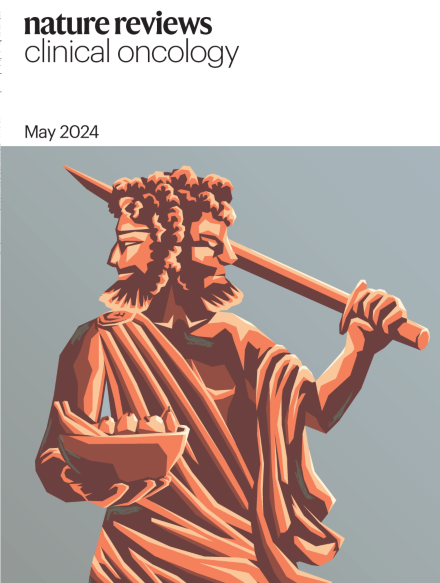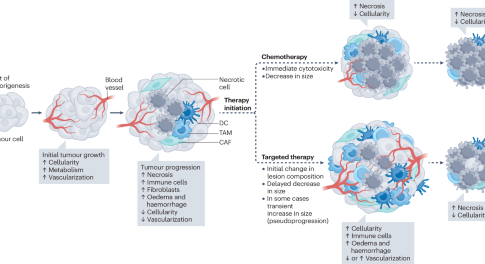
The two faces of copper metabolism in cancer
Learn more about this and other topics in our May issue

Learn more about this and other topics in our May issue


By combining multiple MRI sequences, each providing different but complementary information about the tumour microenvironment (TME), multiparametric MRI (mpMRI) enables non-invasive assessment of the heterogeneous features of the TME components. The authors of this Review describe the role of mpMRI in the non-invasive characterization of the TME, presenting examples of its utility in cancer detection, staging and assessment of response to therapy, and considering future applications for personalized integrated diagnostics.